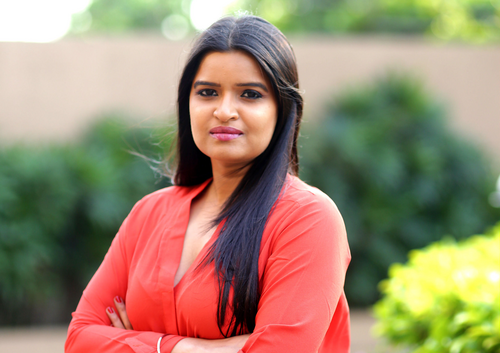The Other Gender
While some strides have been made, much remains to be done to integrate the third gender community into mainstream India
Six years ago, the apex court of the country officially recognised the 'hijra' community as the third gender. It was a victory for the much-neglected and backward community, that promised a chance for their integration into mainstream society. This week, two news stories pertaining to the community came to the fore.
First, the good news — India Inc is finally accepting the transgender community. Companies such as KPMG, Infosys, Accenture, NestAway, and Sodexo have put policies in place to hire transgenders; an opportunity that can well be availed by India's third gender too. The other news was the disappointing kind; more so as it came from an erudite politician, Shashi Tharoor. While criticising Delhi chief minister Arvind Kejriwal, Tharoor said, "Mr Kejriwal really wants power without responsibility, which we all know has been the prerogative of the eunuch for ages". He swiftly apologised for this choice of words after a social media outrage. Unfortunately, the apology should have been tendered to the third gender community as well.
The hijra community has deep roots in India; studies suggest that they find mention in recorded history of over 4,000 years. The Kamasutra, Mahabharata, and Ramayana have allusions to the third gender community of India. They held influential positions during the Mughal era. With the British rule, laws to hunt and torture hijras came in; forbidding them from donning female clothes, forcibly chopping off their hair, banning public performance, imposing fines, and throwing them into prison. Indian independence gave freedom to the hijra community with the repealing of such draconian laws.
But the plight of the community remained sordid. Visiting homes when a child was born or if there was a wedding in the offing, the dancing, singing hijras would show up for money in lieu of their blessings. Often spotted begging at traffic signals; smiling when you give money, smiling even if you don't. Their portrayal in Hindi cinema almost always as stereotypical buffoons providing comic relief. Once in a while, some film roles remained memorable — Sadashiv Amrapurkar in 'Sadak', Ashutosh Rana in 'Shabnam Mausi', and Seema Biswas in 'Queens! Destiny of Dance', to name a few. But largely, the hijras of India remained forgotten, living in the fringes till the 2014 Supreme Court judgement.
Some times there were some glimpses of hope. The country got its first third-gender college principal as Manabi Bandyopadhyay took over the reins at Krishnanagar Women's College in West Bengal. In another first, Joyita Mondal became the first judge at a government-appointed civil court, once again in Bengal, and then there were others — lawyers, aspiring politicians, even police officers. Though painstakingly slow, at least it was some progress. But when senior politicians pass off the cuff remarks, you know that absolute sensitisation is a far cry.
The first university for transgenders is slated to open doors in Uttar Pradesh. A good move, but I wonder — if the idea is to integrate transgenders into mainstream society, then cloistering them in schools, colleges, and jobs 'meant' for them is no answer. Therefore, much more needs to be done by every state to rehabilitate and educate the third gender. Welcome them into regular schools and colleges, and allow them to be a part of society the way the rest of us are. That would be true acceptance and the best amalgamation for the third gender community. But most importantly, let us erase pejorative words that refer to the third gender as insults.
Shutapa Paul is an author and media entrepreneur. Views expressed are strictly personal



